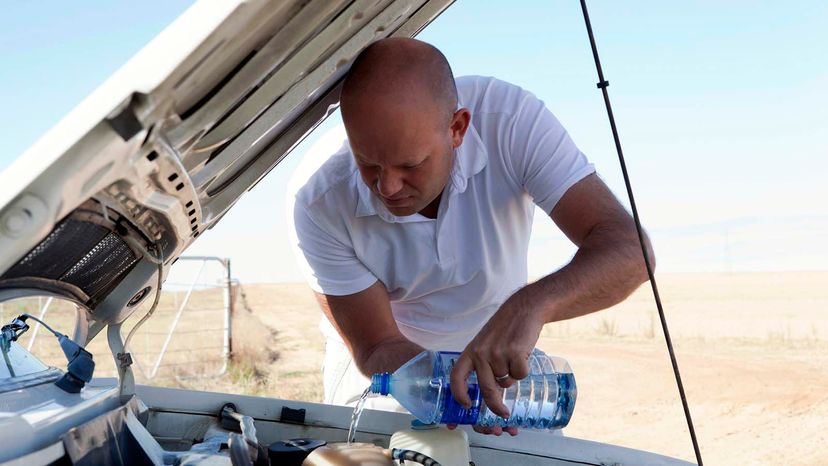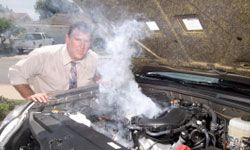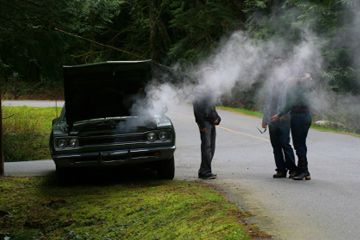Maintaining the correct level of coolant is crucial. Fortunately, you don't have to be an automotive genius to tackle the job yourself. All you need are a few widely available supplies and a step-by-step guide [source: Miller].
Materials needed:
- A bottle of the correct type of coolant for your vehicle.
- Distilled water (if your coolant needs to be diluted)
- A funnel
- Protective gloves and eyewear
- A clean rag or paper towel
Step 1: Locate the Coolant Reservoir
The coolant reservoir is usually a transparent plastic container located near the radiator. It will often be labeled with the word "coolant" or have a symbol resembling a thermometer. For more specific instructions, refer to your vehicle's manual.
Step 2: Check the Coolant Level
Ensure your engine is off, and cool before removing the coolant reservoir cap. Remove the cap and check the fluid level against the fill line on the side of the reservoir. There should be a "full" or "max" line indicating the optimal level.
Step 3: Prepare the Coolant Mixture
If you're coolant needs to be mixed with water, prepare the mixture according to the manufacturer's recommendations. Typically this is a 50/50 mix of coolant and distilled water.
Step 4: Add Coolant
If the car's coolant level is low, use a funnel to pour the coolant into the reservoir until it reaches the fill line. DO not over fill, as coolant needs room to expand when it heats up.
Step 5: Replace the Cap and Clean Up
After adding the fresh coolant, securely replace the coolant cap on the reservoir and wipe away any spills to prevent damage.
Step 6: Check for Leaks
Start your engine and allow it to run for a few minutes with the heater set to the hottest setting. This will help circulate the coolant. Check under the car for any leaks. If you notice a leak, it's important to have your car inspected by a professional mechanic immediately.
Safety Tips:
- Always check the coolant level when the engine is cool to avoid burns from hot coolant or steam.
- Use the type of coolant recommended by your vehicle's manufacturer for optimal performance.
- Dispose of used coolant properly, as it is toxic and can harm the environment.
Regularly checking and maintaining the coolant level in your car is essential for its performance and to prevent overheating. By following the steps outlined above, you can ensure your car's cooling system is in good condition. Remember to consult your vehicle's manual for specific recommendations and to wear protective gear when handling coolant.



